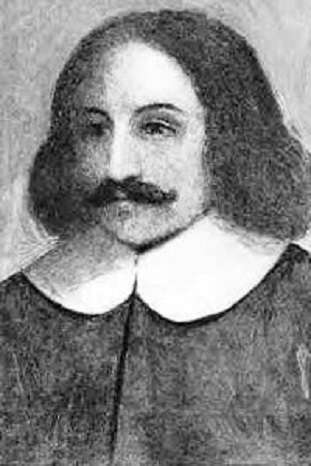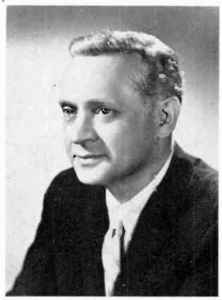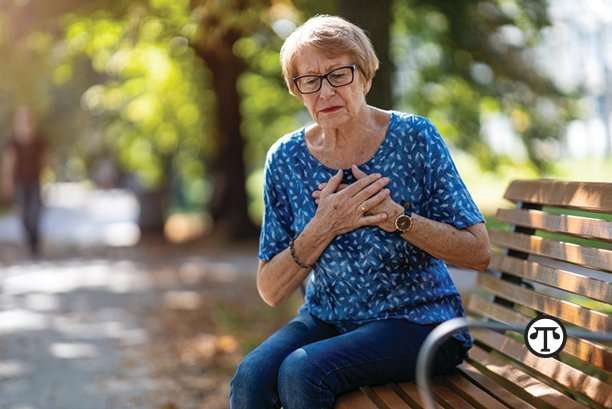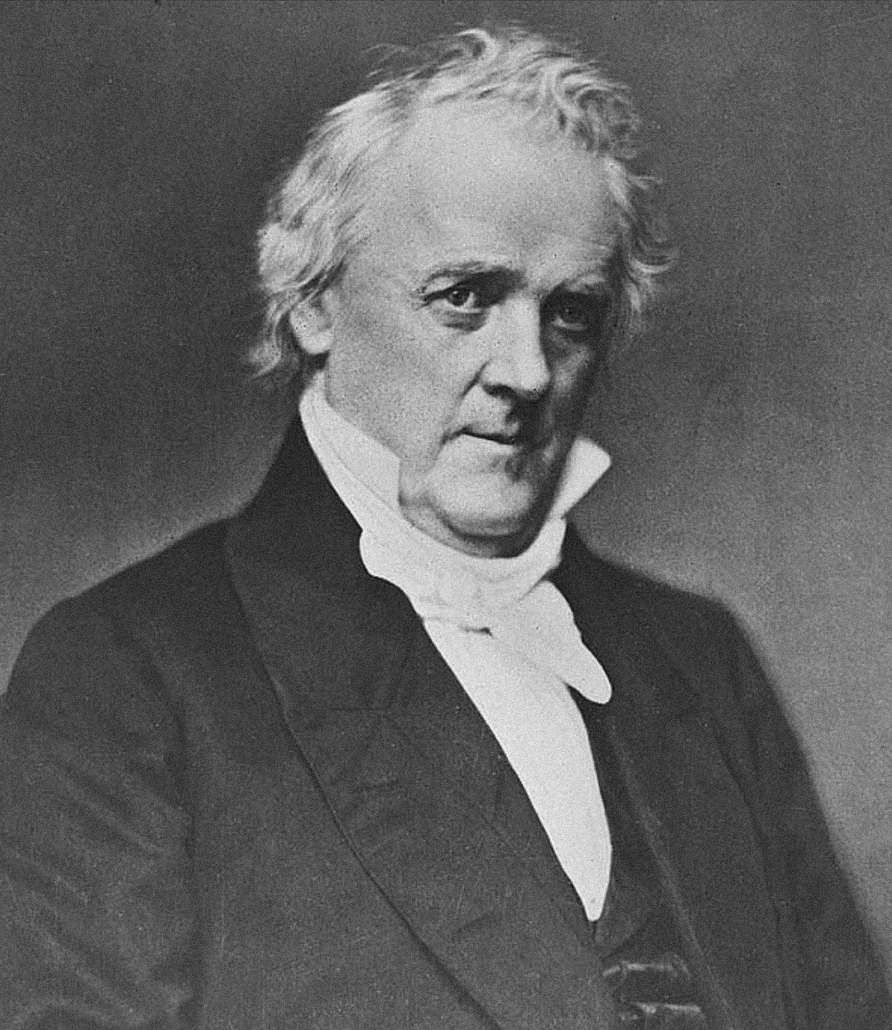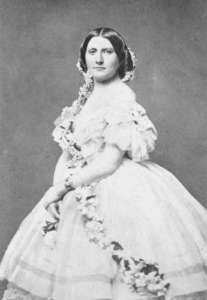VETERANS CORNER: It’s time everyone had a time out
The views of the author of this column are not necessarily those of The Town Line newspaper, its staff and board of directors.
 by Gary Kennedy
by Gary Kennedy
Most of us are taking a sigh of relief; the mid-term election, with all its turmoil and anxiety, has come to an end or has it? There have been gains and losses for all parties. There are those that will talk about the result for a few weeks, then plans will be made for the next political battle. In a sense, it is a lot like military applications with strategy being the precursor to surgical strikes in hopes to change the nature of things.
In a democracy we always seek perfection which seems to be a matter of opinion; the Democrats want this and the Republicans want that. Some opinions make us strong while others make us weak. It seems to me the safety and overall well-being of our country should be our first concern. We all know right from wrong, and good from bad. Some use God to define that and some just use democracy as an excuse/crutch to take them through the argument. This usually ends up in some sort of conflict ending in violence. It’s time everyone had a time out and take a good look at what is happening to our country. What do you think would happen if we had a serious confrontation on our soil? I think we would all come together in a humble way and plan a unified way to save what we have or what was left.
However, at this time in our conceit and arrogance we can’t imagine our not being superior to the rest of the world. We fantasize magical earth shattering weapons that others don’t know about. With the openness of our country that is but a dream left up to the “fantastic four”. If we won a conflict of this nature the end result would affect each and every one of us. We would no longer have Veterans Day or be thanking veterans as we would all be veterans; Ukraine a good example; all people fight in all places.
Perhaps someone will read these thoughts and have a change of heart/mind. We know what is right or wrong, we know what is good or bad. We can see the disasters in the world on any news channel. So how do you think our veterans see all this? I can assure you veterans see this entirely different than non veterans. After serving our country and seeing death and destruction they become the greatest examples and, in many cases, the greatest leaders available because they have seen and felt both sides of freedom.
A veteran isn’t the same person after earning the name veteran. Some return damaged, used beyond normal possibilities, some of the others become tomorrow’s leaders with great credentials. My greatest concern is how veterans are affected by the negativity in politics. Many veterans become extremely angry to the point of volatility. Other veterans tend to go into hiding; for this group the political theatre is a very painful event. Those of us who work with veterans try to soothe but often times fall short of success. I have no solution other than trying to keep them occupied and away from T.V.
Many of us pray for better times. It wasn’t always this bad. I have had many issues come up lately but I wanted to get this out of the way. These are my feelings as a 100 percent disabled American Veteran.
I want my children and grandchildren to grow in a healthy atmosphere. They are the leaders of tomorrow and the influence of these times will live with them. Some will turn these negatives to good; others will carry anger in their development. All will be reflected in their application of leadership going forward. All this being said and evaluated I feel we should work to eliminate the word veteran from its military connotation. Of course this would have to be done on a worldwide basis. There is no easy chore ahead of us. However, with family and God by our side and the will to see it through, “thy will be done”. God bless and have a happy and safe holiday season.


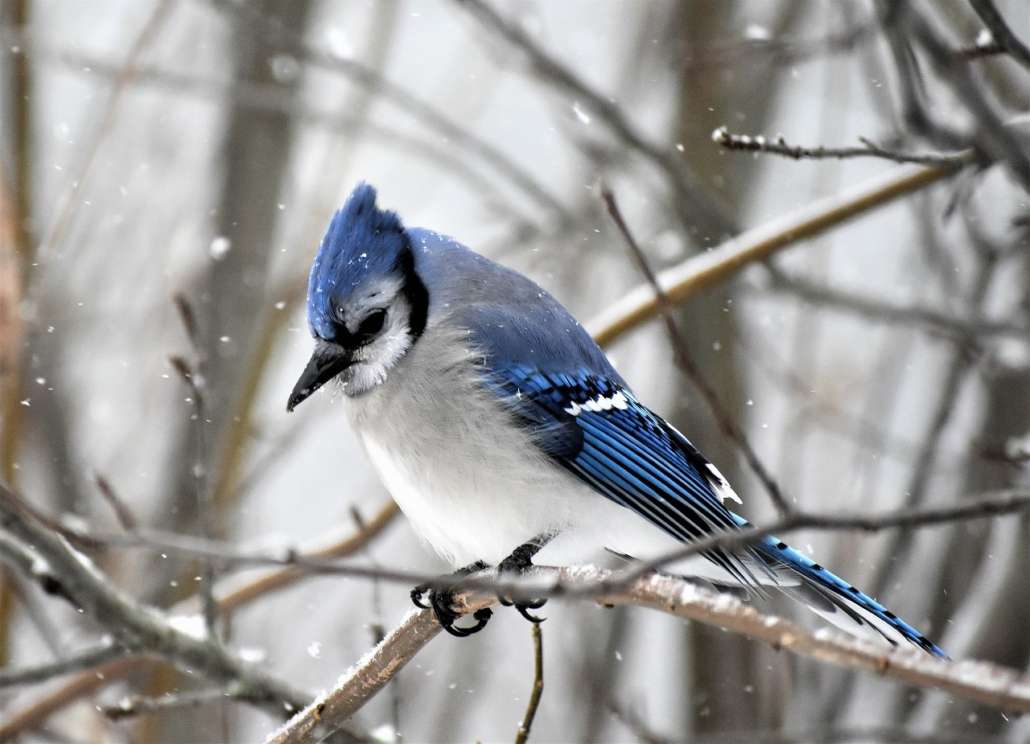

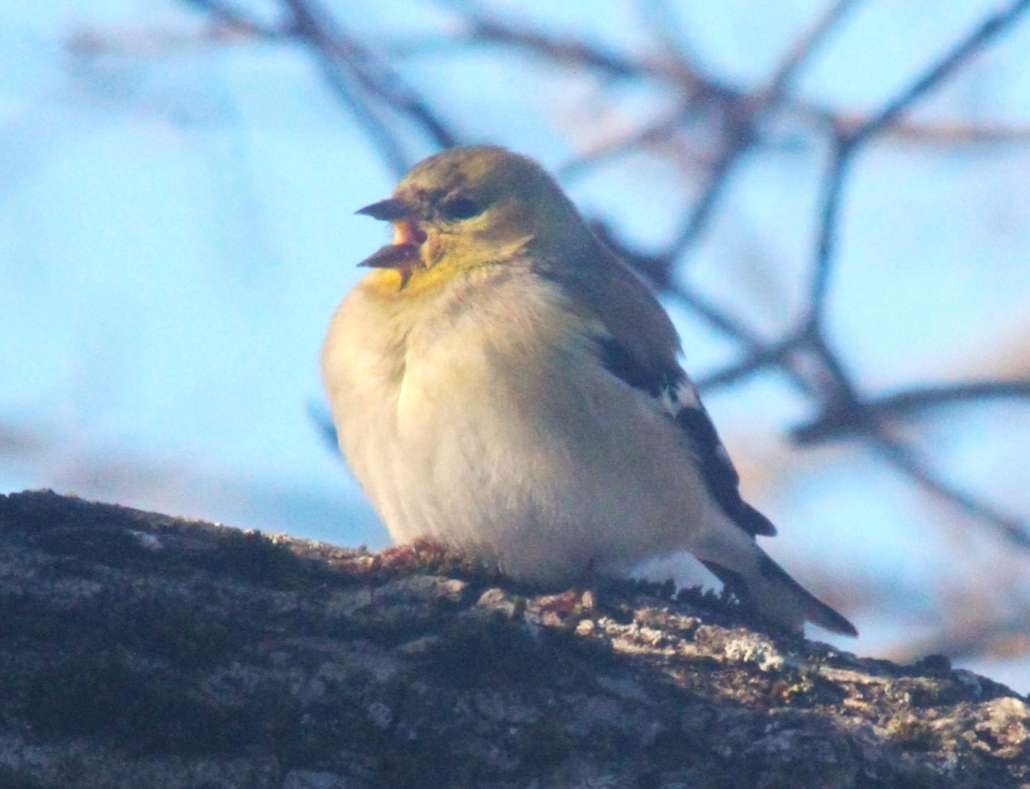
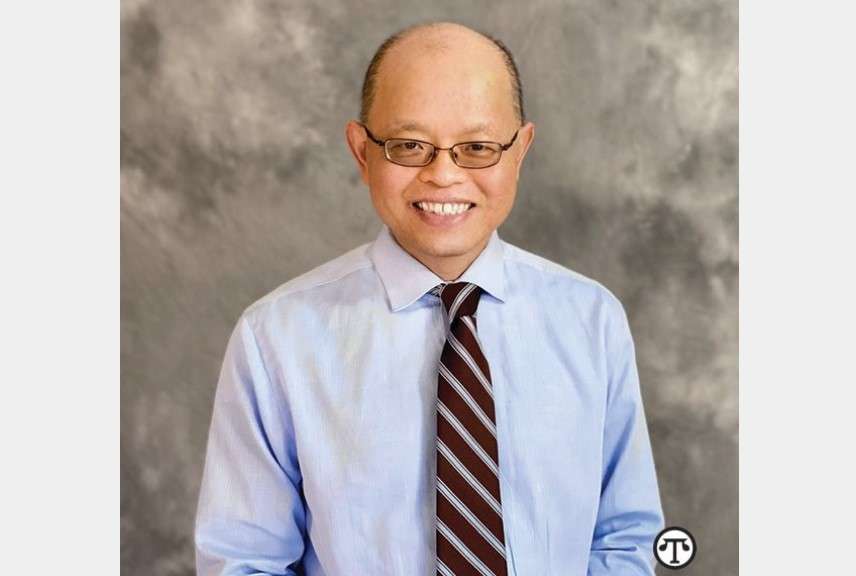
 Nearly 100 million Americans have fallen victim to online shopping scams, it was revealed today, as 112 million US shoppers prepare to embark on the biggest bargain hunts of the year.
Nearly 100 million Americans have fallen victim to online shopping scams, it was revealed today, as 112 million US shoppers prepare to embark on the biggest bargain hunts of the year.